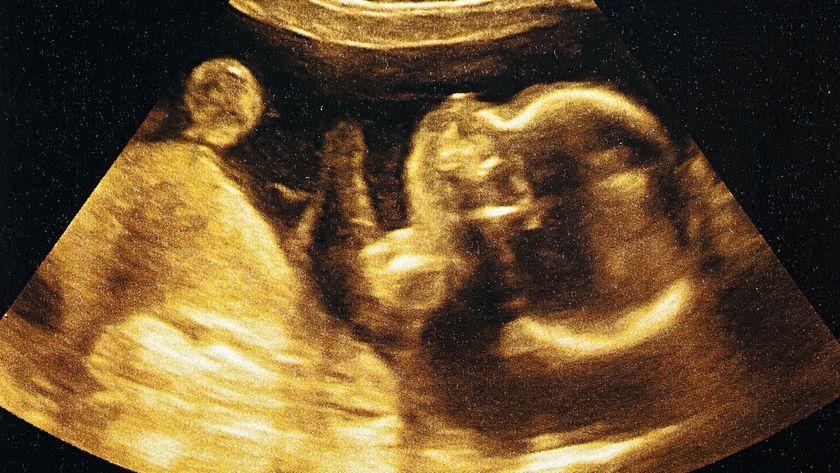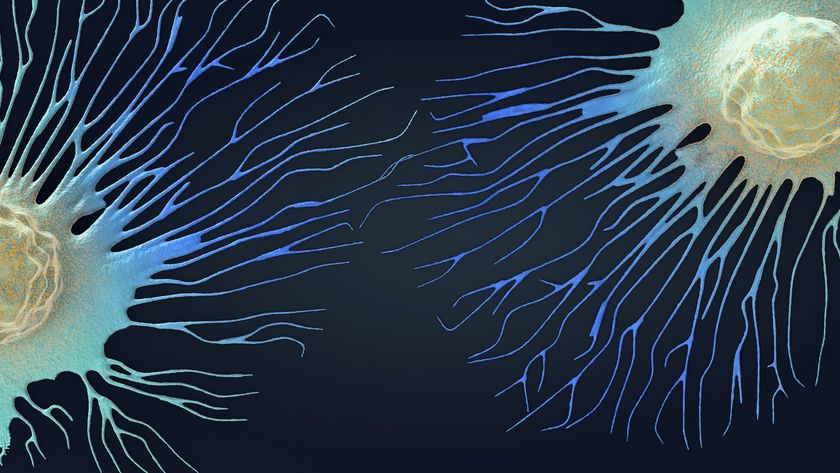Potential New Drugs Put at 970 Million
Millions of new and useful drugs remain undiscovered. All chemists need to do is mix the right stuff.
That's the view of a new study that analyzes the "chemical universe" to identify existing molecules that could be combined into as-yet unknown chemicals. The researchers estimate there are at least 970 million chemicals suitable for study as new drugs.
The researchers have created a new publicly available database of the virtual molecules, and they will detail their results in the July 1 issue of the Journal of the American Chemical Society.
Jean-Louis Reymond and Lorenz Blum at the University of Berne in Switzerland point out that the rules of chemical bonding allow simple elements such as carbon, hydrogen, oxygen, nitrogen and fluorine to potentially form millions of different molecules.
The chemical universe, sometimes called "chemical space," has enormous potential for drug discovery, particularly for identifying so-called "small molecules" — made of 10 to 50 atoms, they say. Most of today's medicines consist of these small molecules.
Until now, however, scientists had not attempted a comprehensive analysis of the molecules that populate chemical space.
In the new report, Reymond and Blum describe development of a new searchable database, GDB-13, that scientists can use in the quest for new drugs. It consists of all molecules containing up to 13 atoms of carbon, nitrogen, oxygen, sulfur, and chlorine under rules that define chemical stability and synthetic feasibility. The researchers identified more than 970 million possible structures, the vast majority of which have never been produced in the lab. Some of these molecules could lead to the design and production of new drugs for fighting disease, they say.
Sign up for the Live Science daily newsletter now
Get the world’s most fascinating discoveries delivered straight to your inbox.












